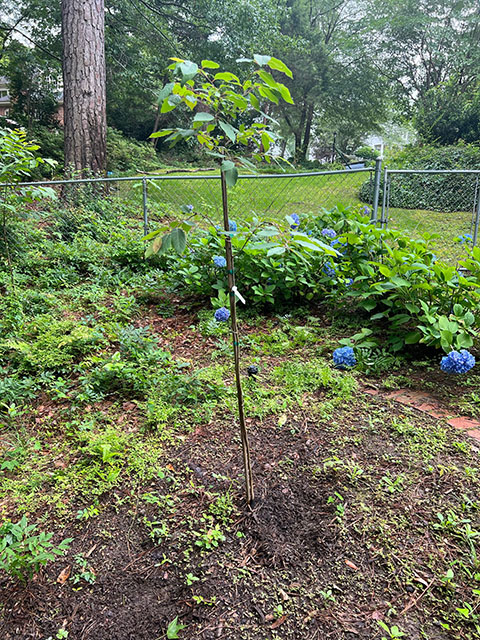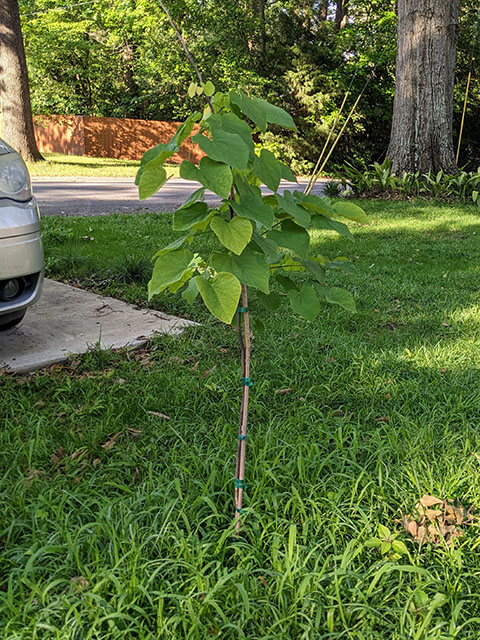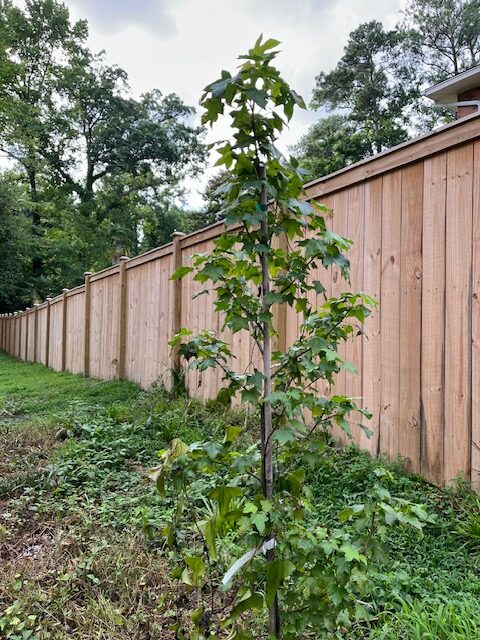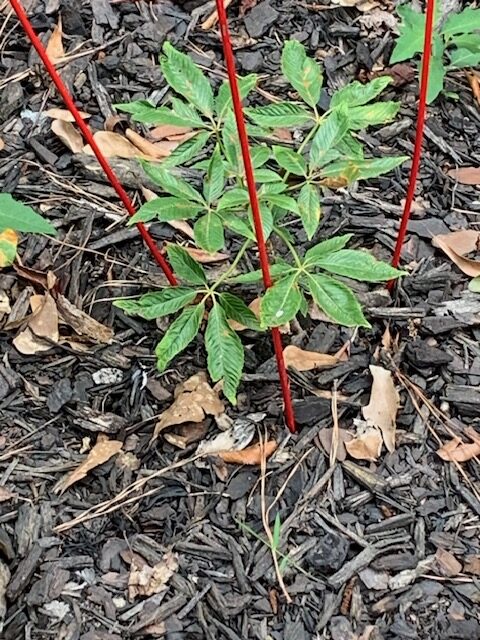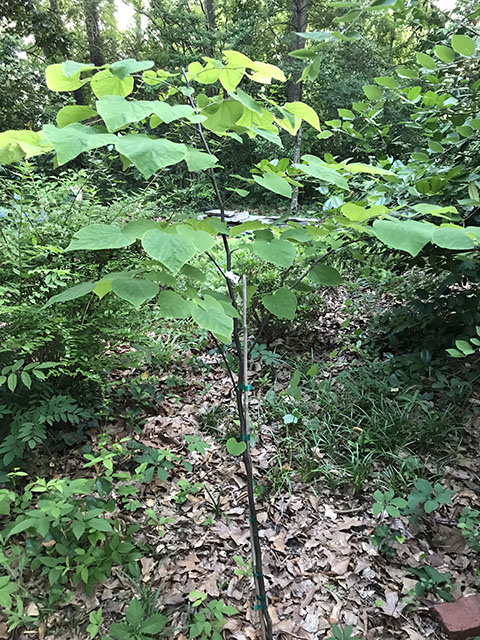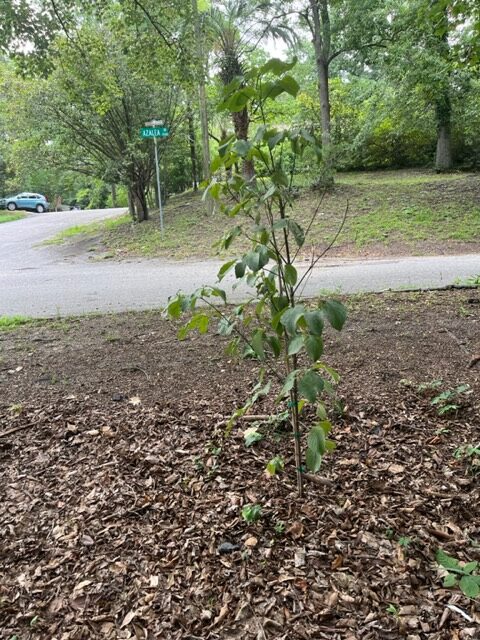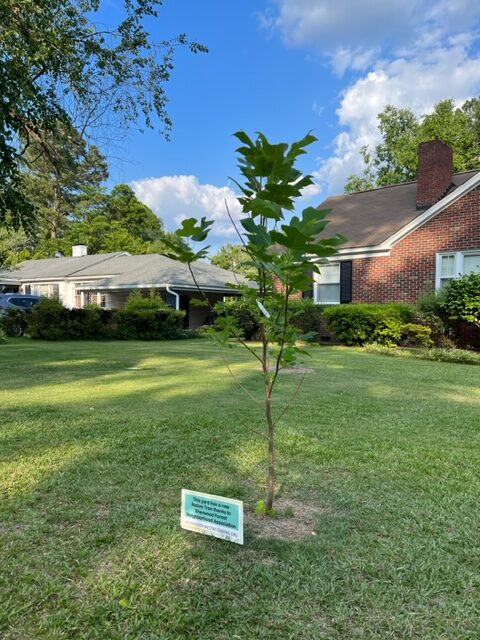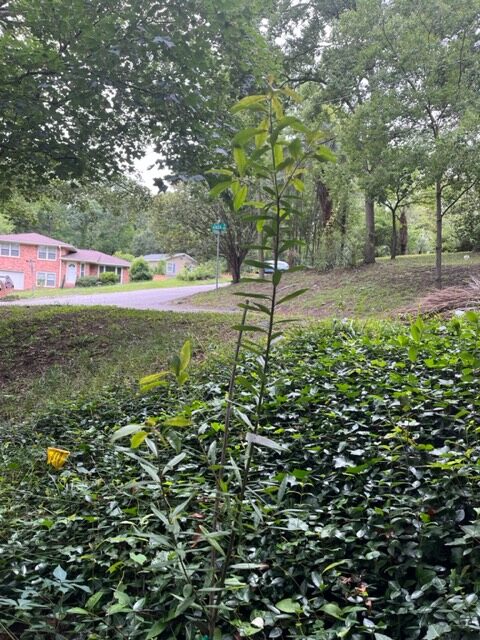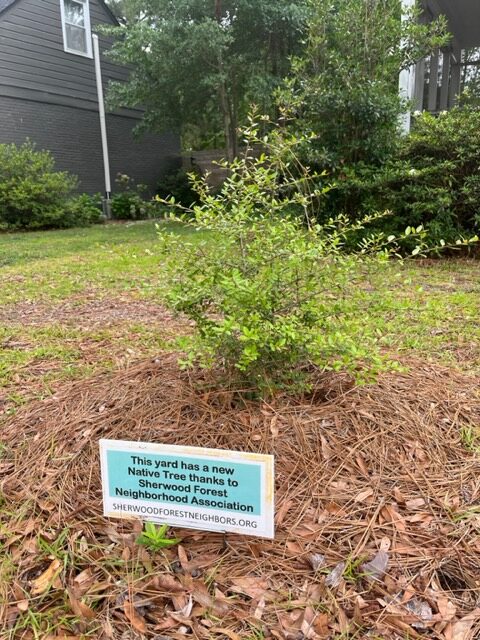Do You Have a Sick or Dying Dogwood?
Many in our area do. Dogwoods are beloved native ornamentals, but, for a variety of reasons they have not been doing well in our urban area in recent years.
Anthracnose, which is a fungal disease, is one of the major problems. It’s widespread attack on our local dogwoods has likely been facilitated by overplanting and improper placement. Any plant that is overused becomes susceptible to disease – it starts in one plant and easily spreads to nearby plants.
How does improper placement factor into dogwood decline? Dogwoods need fertile, moist soil with good drainage. They are understory trees and require dappled lighting with protection from the hottest rays of the day. When dogwoods are placed in the middle of a hot sunny yard, or surrounding larger shade trees are removed, dogwoods become stressed, grow more slowly, and become more susceptible to a variety of pests, including anthracnose.
If you have a sick dogwood, it’s probably best to remove it and replace it with a different type of tree that is suited to your yard conditions. Late fall, early winter is the perfect time to plant a tree – just don’t plant exactly where a tree has recently been removed – plant at least 10 feet away from that spot.
Read more at Gardening Know How: Common Dogwood Problems: Pests And Diseases Of Dogwood Trees
Here is a good listing of native plants by the conditions in which they thrive published by the South Carolina Native Plant Society.

